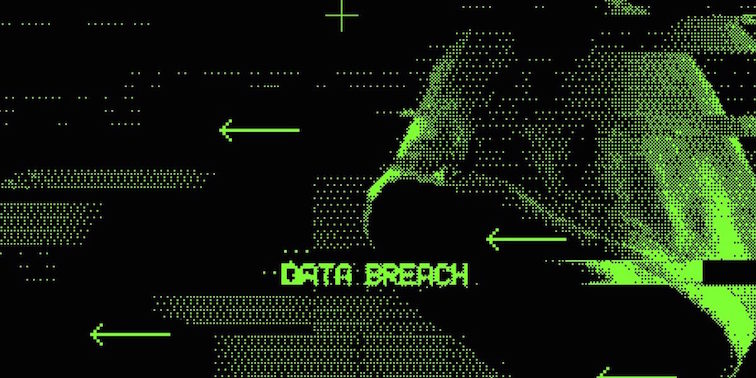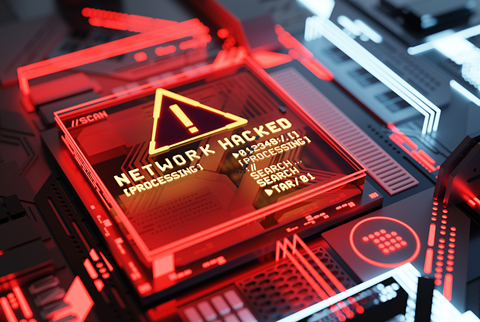The next WannaCry and drone hacking: Advanced persistent threats in 2023
Kaspersky researchers presented their vision of the future for advanced persistent threats (APTs), defining the changes in the threat landscape that will emerge in 2023. Attacks on satellite technologies, mail servers, the rise of destructive attacks and leaks, drone hacking and the next big cyber epidemic are among some of the predictions for the next year.
The political turmoil of 2022 brought about a shift that will echo in cybersecurity for years to come and have a direct effect on the development of future sophisticated attacks. The 2023 forecast is based on the expertise and the activities the Kaspersky Global Research and Analysis Team (GReAT) has witnessed this year while tracking more than 900 APT groups and campaigns.

The next WannaCry and drones for proximity hacking
Statistically, some of the largest and most impactful cyber epidemics occur every six to seven years. The last such incident was the infamous WannaCry ransomware-worm, leveraging the extremely potent EternalBlue vulnerability to automatically spread to vulnerable machines. Kaspersky researchers believe the likelihood of the next WannaCry happening in 2023 is high.
One potential reason for an event like this occurring is that the most sophisticated threat actors in the world are likely to possess at least one suitable exploit, and current global tensions greatly increase the chance a ShadowBrokers-style hack-and-leak could take place.
Major shifts will be reflected in new types of targets and attack scenarios too, as experts believe next year, we may see bold attackers and specialists adept at mixing physical-and cyber-intrusions, employing drones for proximity hacking.
Some of the possible attack scenarios include mounting drones with sufficient tooling that would allow the collection of WPA handshakes used for offline cracking of WiFi passwords or even dropping malicious USB keys in restricted areas in the hope that a passer-by would pick them up and plug them into a machine.
Other advanced threat predictions for 2023 include:
One of the most potent attack vectors imaginable, which uses servers in key positions of the internet backbone allowing man-on-the-side…




